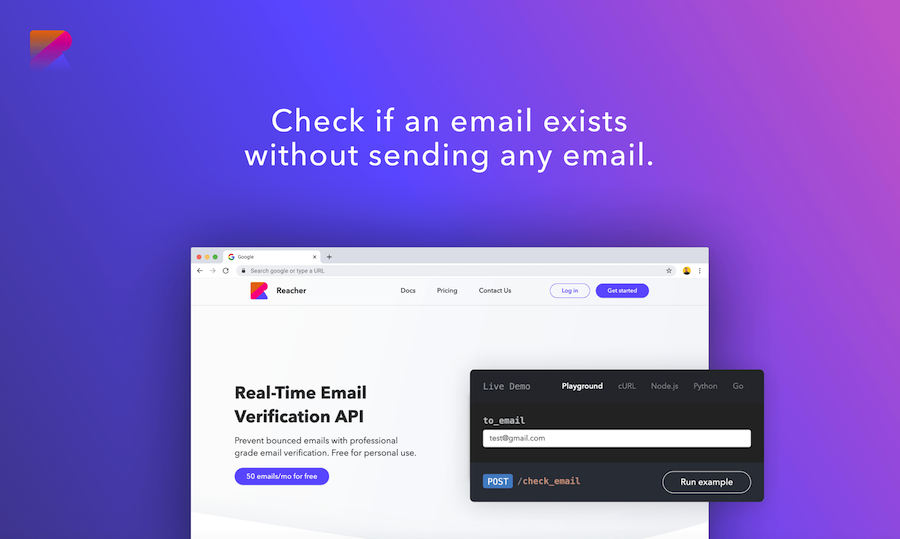You’ve now sufficiently expanded your email list. It’s time to get familiar with email address verification so you can maintain a clean list, increase deliverability, and lower your bounce rate. After creating your lead list, email verification is one of the most crucial phases in email marketing. This is the reason this entire post is focused on email verification and the reasons you shouldn’t ignore it.
Have a look at improve email deliverability
WHAT IS EMAIL VALIDATION AND HOW IS IT NOT THE SAME AS EMAIL VERIFICATION?
Verification and validation are terms that are commonly used synonymously online, in blogs, and on websites; the proper meaning, however, is a little more specific. Email verification is the process of confirming that an email address is legitimate and exists. An email that can accept messages from other senders is considered genuine. All email verifiers, whether they are single or bulk, carry out several phases in the verification process, or at least are expected to. The most popular ones are the email address ping, catch-all, syntax, domain, and MX record checks. The outcome of email verification that the user receives is email validation. An email is given one of three email verification statuses based on the outcome; these are often shown by the colours green, yellow, and red and are denoted as “valid,” “invalid,” and “unverifiable…” Verifying the lead’s source or any extra information sent with the email are occasionally additional steps in the validation process.
FOUR SIMPLE TECHNIQUES TO VALIDATE AN EMAIL ADDRESS
Although some methods are less efficient than others and may be more practical if you just need to examine a small number of emails, there are several techniques to determine whether an email is authentic.
WAY 1: EMAIL THE ADDRESS AS A TEST.
However, keep in mind that employing this technique too often might lead to a rise in your bounce rate, harm to your sender’s reputation, blacklisting, and inaccurate data. Using a fake account and sending a test email from it is the solution.
WAY 2: USE GOOGLE TO LOOK UP THE ADDRESS
Naturally, this technique cannot reveal whether an email address is phoney, but it may indicate whether it is legitimate. These days, people post mentions of their email addresses on all online platforms, including social media and websites. This approach could be useful for you if you just need to verify a small number of email addresses because it won’t harm the reputation of your domain.
WAY 3: PING THE SERVER
Pinging the mail server and using tools like PuTTY or Telnet, you may find out if the address is legitimate. But take caution—despite its high accuracy, this procedure is laborious and dangerous for your infrastructure.
WAY 4: EMPLOY AN EMAIL VERIFIER
Email checkers are all fairly simple to use, albeit they vary somewhat in terms of functionality and the number of email addresses you may validate each month.




Comments are closed.